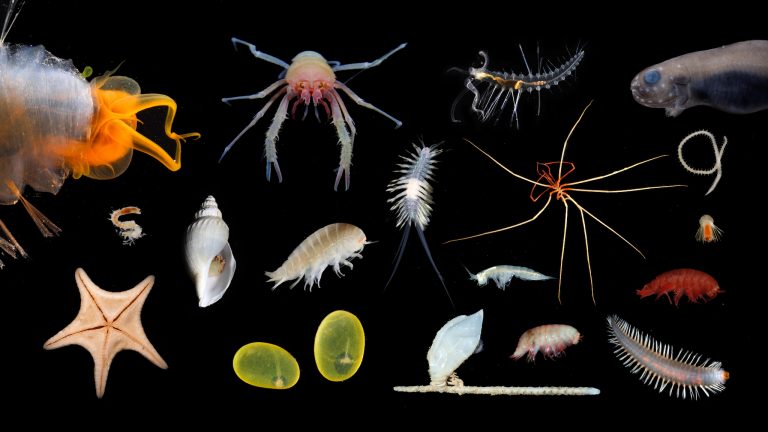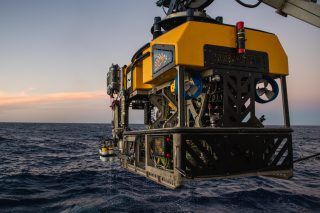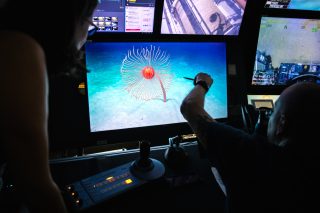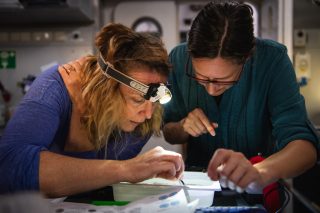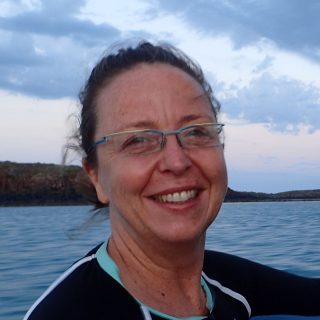“What is it?” This is a fundamental question that appears obviously simple to ask, but quite often is painstakingly difficult to answer. How do we know what something is? Generally, this is done by comparing it with other, similar animals that have been identified. It can be hard to appreciate how many other similar animals exist! Museum collections with thousands of vouchered specimens help taxonomists to make these comparisons so we can answer the question “What is it?” in as much detail as possible.
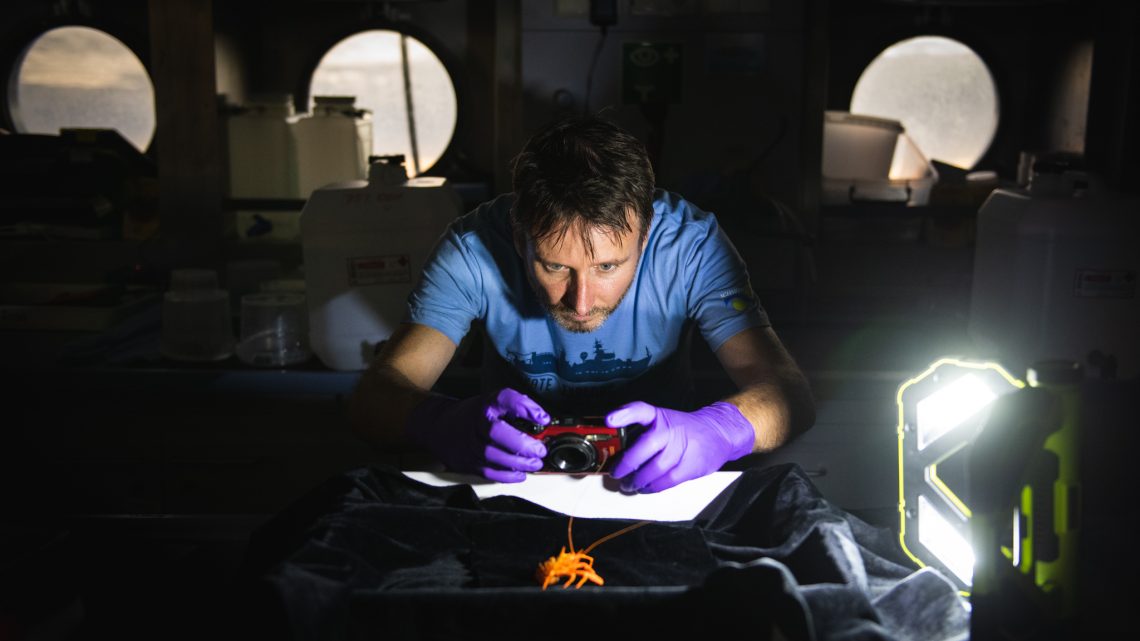
An Invaluable Resource
Taxonomists must examine actual specimens to order to identify an animal to down to the principal natural taxonomic unit “species.” They take careful measurements of anatomical details and make counts of other features– many of which need to be examined under a microscope. Photographs are detailed and important records, but even the amazing 4K video we get from ROV SuBastian is usually not enough to know if we have found a new species, although it can help us identify a known species. Specimens are equally important for taking DNA samples, which will be sequenced for various genes to help with their identification and to determine their place in the tree of life. Museum collections are also used for many other purposes, such as to study diets, reproduction, and functional morphology, as well as address ecological questions regarding community structure, distributions, and body size over long time scales to infer the effects of climate change.
Shedding Light on the Deep
Deep-sea animals are not as well known as creatures that live in shallow coastal areas. They are logistically challenging to collect, so are especially precious and rare. In order to maximize the number of species we encounter on a deep-sea expedition, we sample as many diverse habitats as possible, using multiple collection techniques (e.g. ROV arm, nets, suction, sediment sieving of push cores, traps). We do not collect many individuals, and are selective in collecting enough samples to ensure we can determine what species we see and also understand some of the variability within each species. All of our collections are tightly controlled by an array of government and regulatory permits, approvals and ethical considerations (More about Why We Sample here).
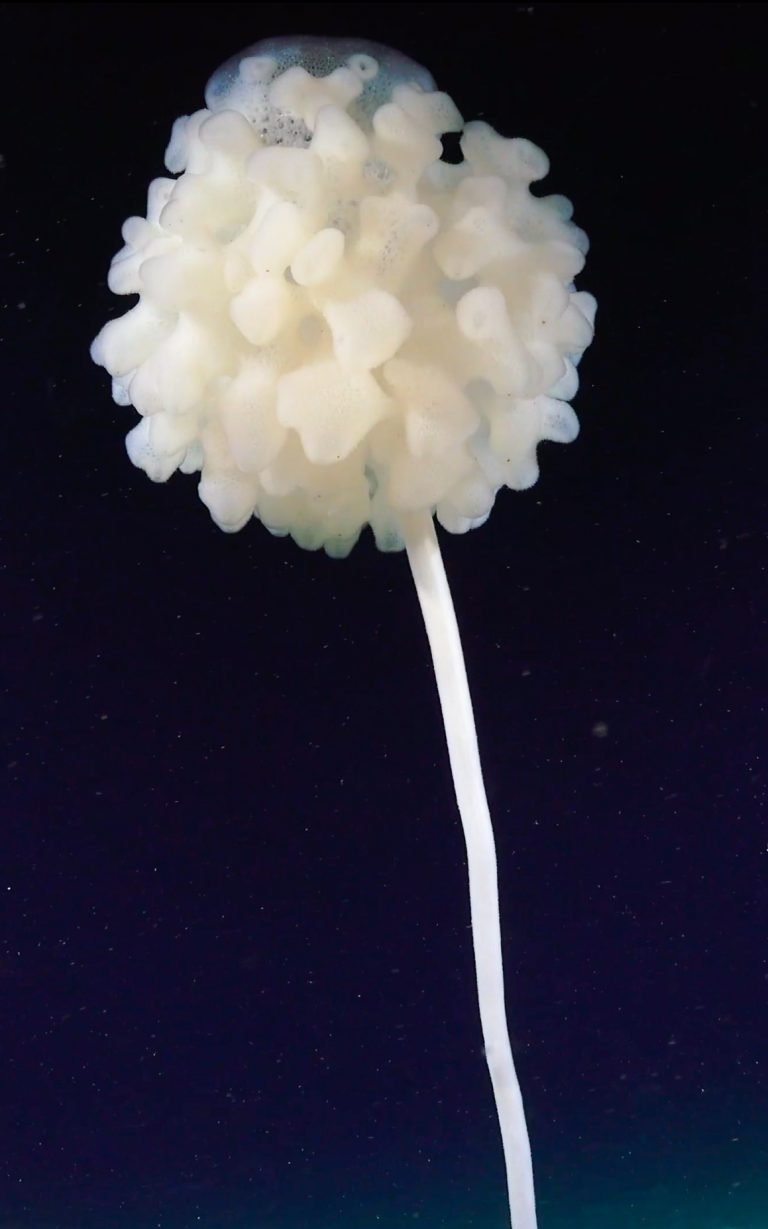
Museums are the custodians for collections and data on behalf of the public, and we take that responsibility very seriously. All the specimens we collect will be photographed, fixed, identified, and accessioned permanently into museum collections, then our data are shared with the world via Atlas of Living Australia (ALA). We collect as much associated habitat data as possible for each species too. Museum collections are the only way to have a permanent, irrefutable record of a species from a certain place and time. Specimens are identified by expert taxonomists, a process which may require collaboration with international teams of scientists, and can always be re-examined to confirm ID as research progresses. Collections are crucial long-term resources for all Australians and the wider global community, and the staff who study them are vital.
Happy Taxonomist Appreciation Day everyone!
